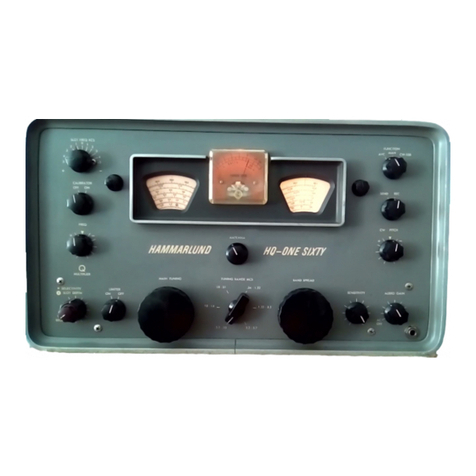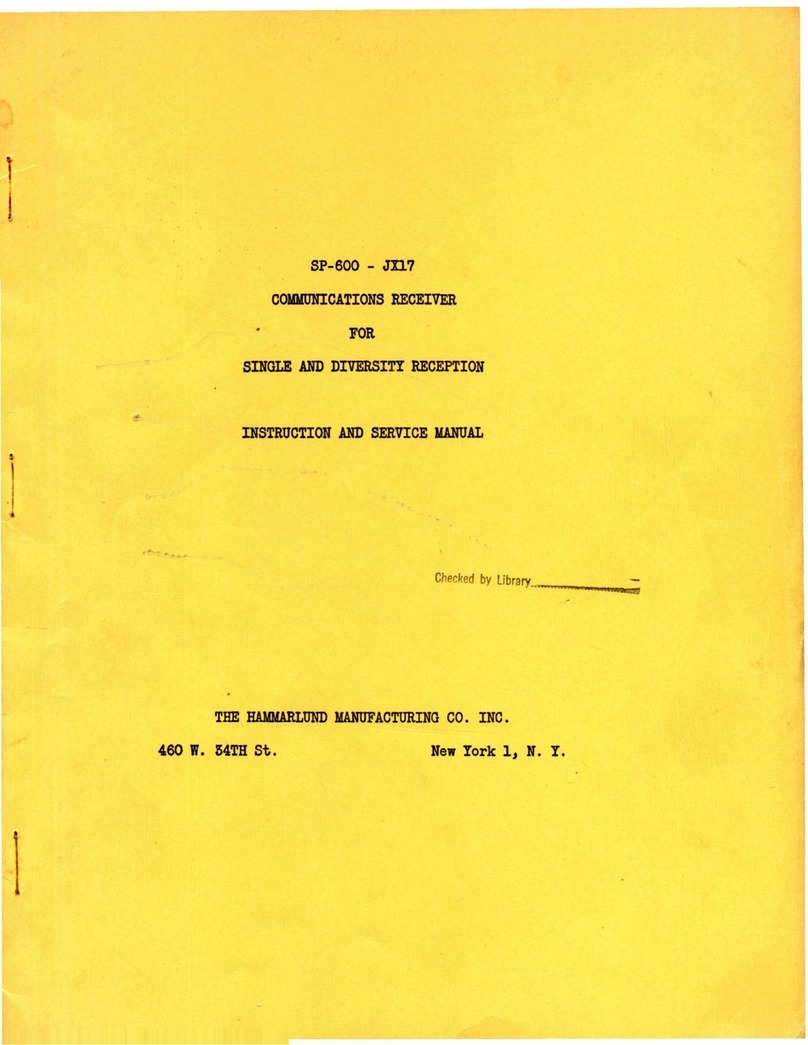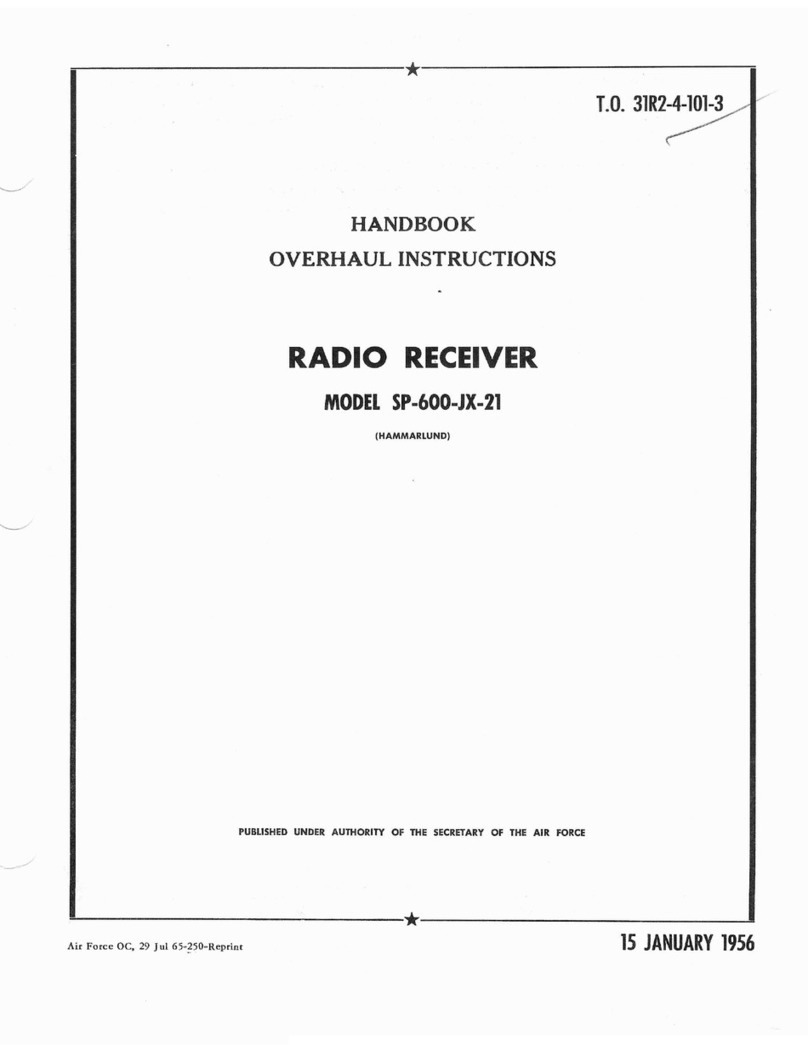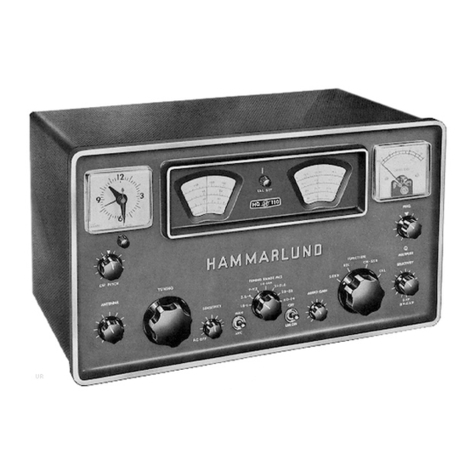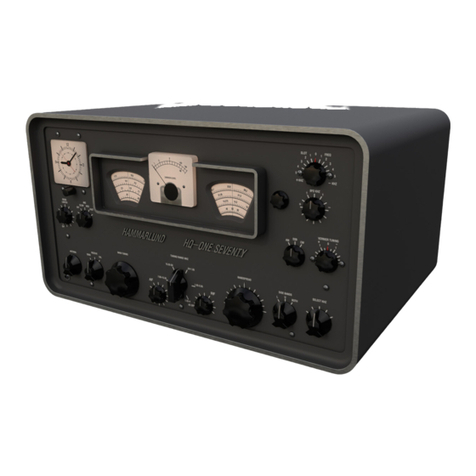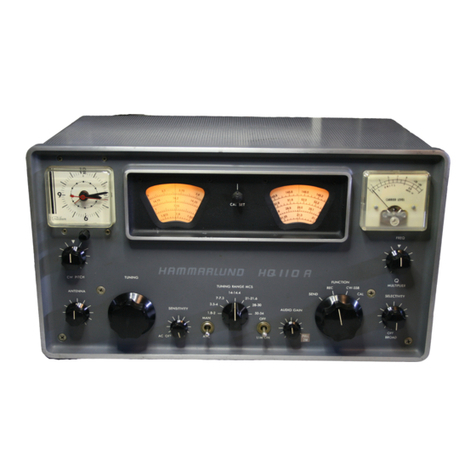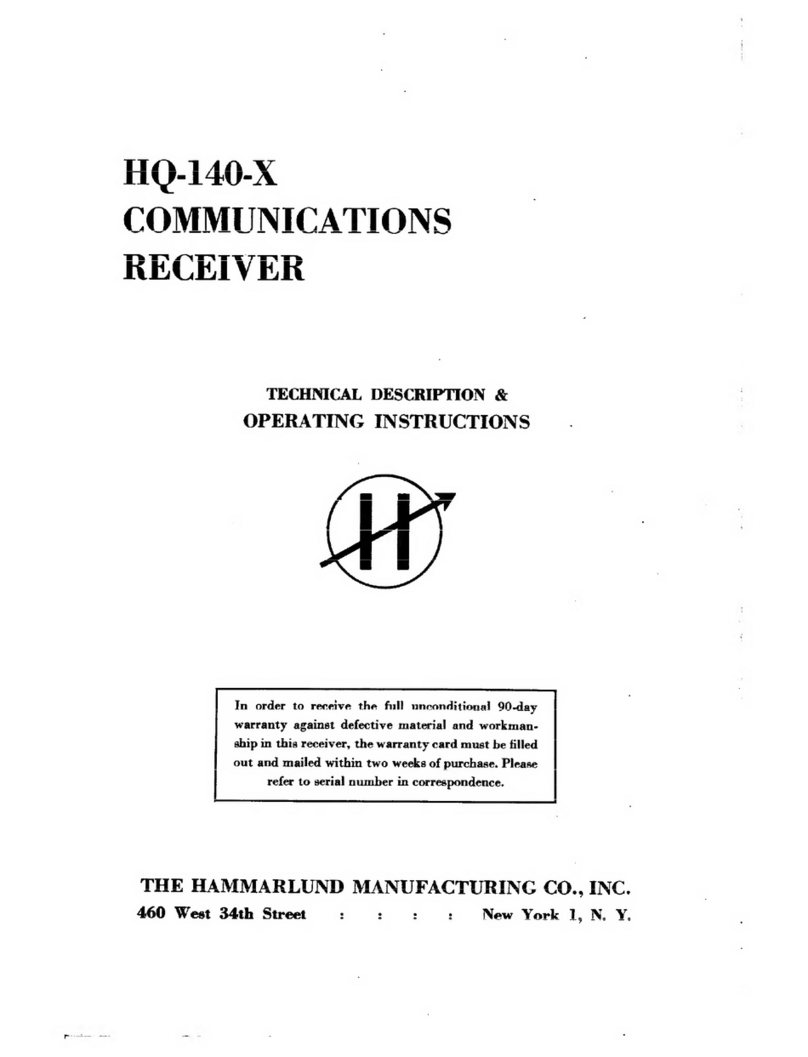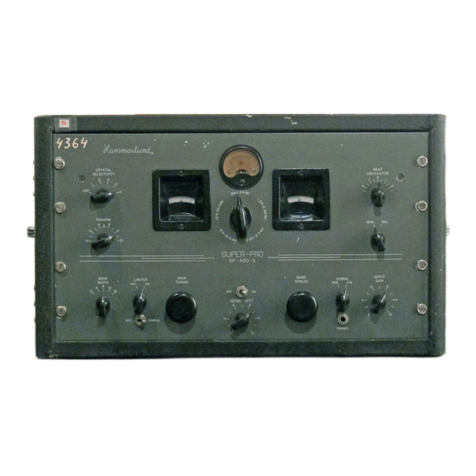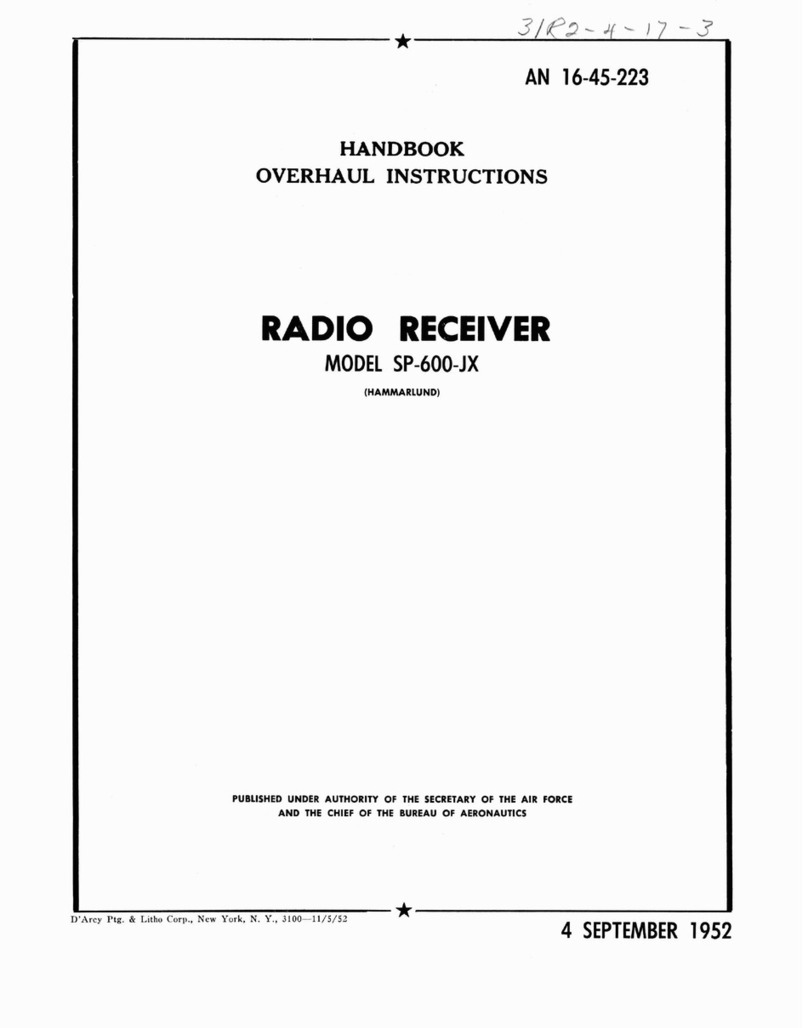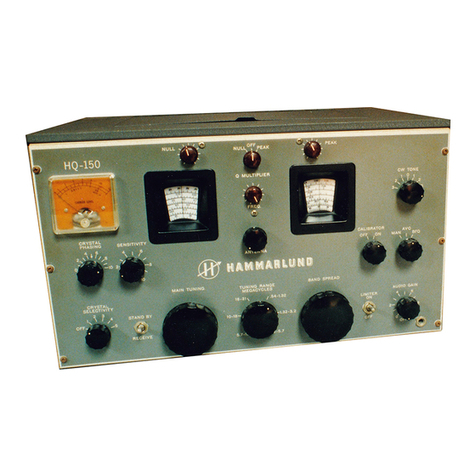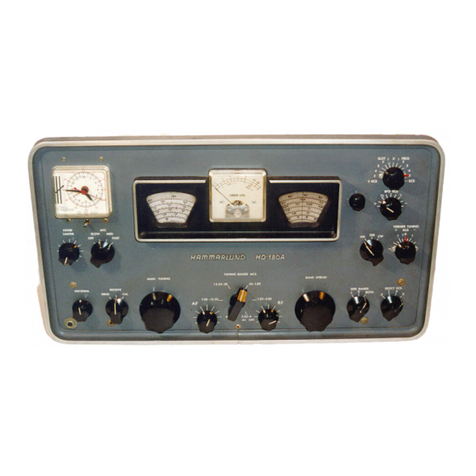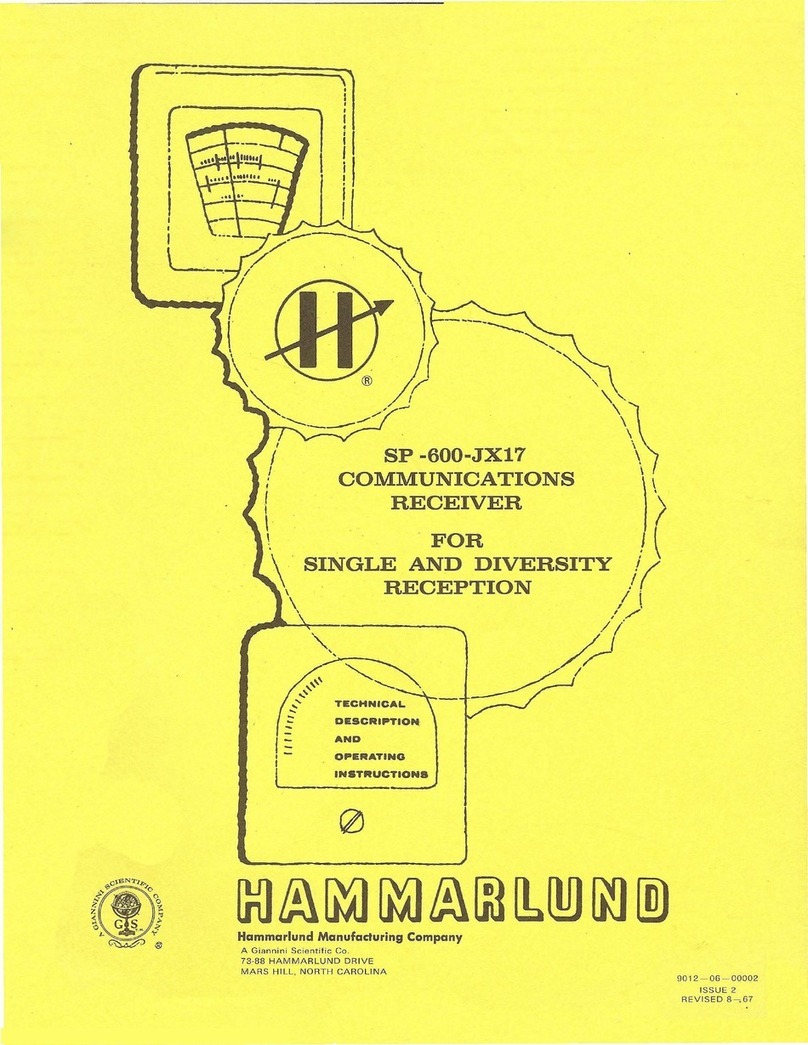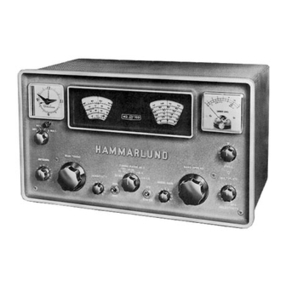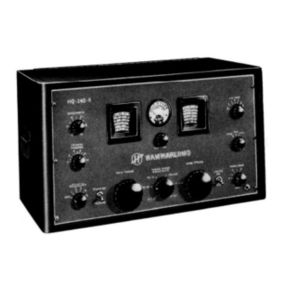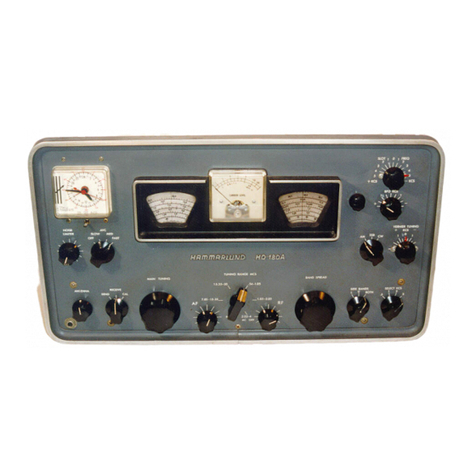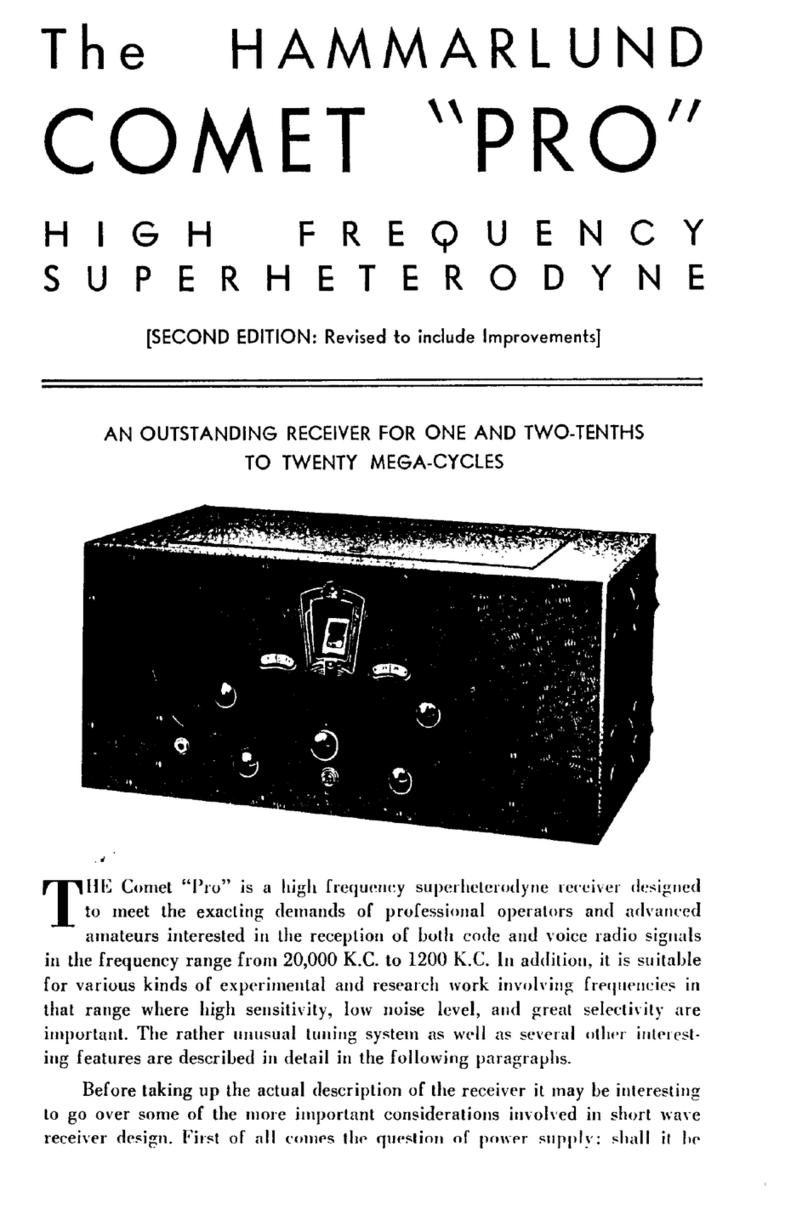
A
void
mounting
the
base
of
the
antenna
on
the
bumper
or
in
the
vicinity
of
the
rear
bumper
if
at
all
possible.
The
preferred
location
is
in
the
area
of
the
trunk
near
the
rear
window.
This
is a
happy
compromise
between
the
area
of
the
bumper
and
the
center
of
the
roof.
If
at
all
possible
avoid
mounting
the
antenna
at
the
front
of
the
vehicle
where
ignition
noise
pick-
up
may
be
excessive.
In
some
cases
the
use
of
a
"disguised"
type
may
be
beneficial
and
same
may
be
had
on
special
order.
The
"disguised"
antenna
is
supplied
complete
with
cable
harness
and
mount-
ing
instructions.
NOTE:
Before
attempting
to
install
the
antenna
in
the
vehicle,
it
is a good
idea
to
try
all
pieces
for
fit
to
make
sure
that
possible
burrs
or
foreign
matter
might
cause
mating
pieces
to
bind
during
final
assembly.
ROUTING
OF
ANTENNA
TRANSMISSION
LINE:
Always
route
the
transmission
line
through
the
area
which
provides
maximum
clearance.
AVOID
SHARP
BENDS.
As
the
cable
may
go
under
up-
holstery,
metal
fittings,
etc.,
be
sure
to
place
it
in
such
a
way
that
it
will
not
be
squeezed
when
the
fittings,
frames,
etc.,
are
put
back
in
place.
After
replacing
all
trim
and
metal
work,
the
co-axial
cable
and
roof
top
antenna
should
be
checked
for
continuity
between
the
center
conductor
and
the
whip.
The
co-axial
cable
should
next
be
checked
for
lack
of
continuity
between
its
inner
and
outer
conductors.
ATTACHING CO-AXIAL
CABLE
CONNECTOR:
1.
Cut
cable
off
square
at
the
proper
length.
2.
Cut
off 1%"
of
outside
plastic
insulation
jacket.
3.
Comb
out
copper
shield.
4.
Cut
inner
insulation
off
to
expose
%"
of
inner
conductor.
5.
Trim
stranded
shielding
so
it
is
about
%6"
shorter
than
the
inner
insulation.
Slide
coupling
through
and
adapter
on
cable,
folding
the
combed
strands
over
the
adapter.
6.
Tin
center
conductor
and
screw
plug
on
cable
and
adapter.
7.
Solder
shield
strands
through
holes
III
plug
and
solder
center
conductor
of
the
cable
to
the
plug
end.
Use
enough
heat
to
get
a good
solder
joint.
Avoid
using
so
much
heat
that
the
solder
will
flow
from
the
shell
to
the
center
conductor
inside
the
plug.
Avoid
handling
the
cable
and
plug
until
the
soft-
ened
insulation
between
the
center
conductor
and
shield
has
had
a
chance
to
cool
off
and
return
to
its
firm
state.
8.
Recheck
for
continuity.
The
above
instructions
on
attaching
the
co-axial
cable
connector
may
be
ignored
when
antenna
cable
assemblies
are
ordered
complete
with
connectors,
as
same
are
already
attached.
Refer
to
the
comple-
ment
chart
of
this
manual
for
further
information.
NOTE:
The
antenna
should
be
cut
to
its
proper
operating
frequency.
The
preferred
method
is
to
use
a
test
whip
which
may
be
adjusted
for
mini-
mum
standing
wave
ratio
and
the
final
adjust-
ment
length
used
as a
cutting
guide
for
the
whip.
The
standard
8 ft.
whip
(prunable)
will
require
cutting
to
exact
length
depending
upon
the
operating
frequency
of
the
unit
and/or
the
physi.
cal
configuration
of
the
vehicle
to
which
it
is
attached.
Low
band
test
whip
Hammarlund
part
number
53164-1 is
highly
recommended.
If
this
is
not
available
the
whip
may
be
cut
in
accord-
ance
with
the
following
chart:
WHIP
LENGTH
CHARTS
FOR
INSTALLA1'IONS
LESS
SPRING
FOR
INSTALLATIONS WITH SPRING
Me. Inches Me. Inches Me. Inches Me. Inches
29.7·31.5 96 42.0-44.0 68 28.4·29.7
96
40.0-42.0 68
31.5·36.5 84lf2 44.0-48.0 62 29.7-34.0 84lf2 42.0-45.0 62
36.5-39.0 79 48.0-52.0 57 34.0-37.0 79 45.0-50.0 57
39.0·42.0 72 52.0-54.0 55 37.0·40.0 72 50.0-54.0 53
8
FREE DOWNLOAD
COURTESY OF N9SOR
WWW.HAMMARLUND.ORG

